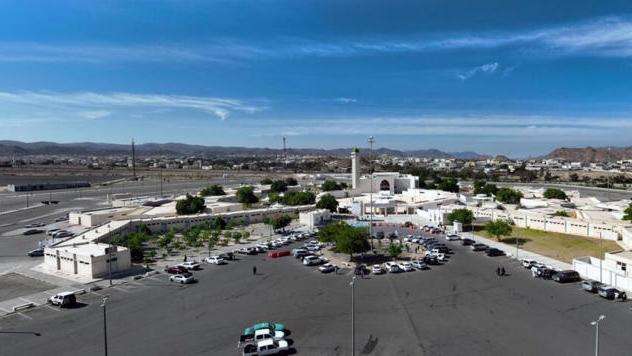Mass Anti-Tourism Protests Erupt in Tenerife as Locals Demand Action on Tourist Impact- Over 130,000 impassioned anti-tourism protesters flooded the streets of Tenerife, Canary Islands, demanding a curb on tourism's overwhelming impact and calling for "fewer tourist apartments, more Canarian homes" ahead of the peak summer season. Dressed in yellow and brandishing placards, residents united in their plea for authorities to implement stricter measures to mitigate the negative consequences of mass tourism on their island.
Across Tenerife, people of all generations marched under the powerful banner: "The Canary Islands are not for sale, they are loved and defended." Videos circulating from the demonstration captured vast crowds in the Plaza de España square, whistling and chanting as the march culminated.
This surge of discontent echoes a growing wave of anti-tourism sentiment witnessed across various European holiday hotspots in recent years. Protesters voice concerns over the strain on public services, a rise in antisocial behaviour attributed to tourists, and a significant exacerbation of the local housing crisis due to the proliferation of properties being converted into holiday rentals.
One particularly striking image showed a demonstrator covered in patriotic paint holding a sign that read "buried in concrete and swimming in s**t," powerfully conveying the frustration that local infrastructure is buckling under the sheer volume of tourists. Another banner succinctly stated: "More neighbours, less Airbnb,” highlighting the resentment towards the practice of purchasing properties solely for short-term holiday lets, effectively denying locals access to affordable housing. Residents feel that current development prioritizes tourist needs over the well-being of the local population.
Despite the underlying anger, the atmosphere of the protest was described as "angry yet happy," with families joining together in a united stand. Campaigners later addressed the massive crowds from a stage at the demonstration's final location.
Tenerife stands as the most popular tourist destination within the Canary Islands, having welcomed a staggering seven million tourists in 2024 alone, with 6.2 million originating from outside Spain. Across the entire Canary archipelago, international visitors reached 15.5 million last year, with Gran Canaria, Lanzarote, and Fuerteventura also attracting significant numbers. Notably, UK visitors constituted approximately 40 percent of all international arrivals.
Adding a layer of political tension, several effigies of Rosa Dávila Mamely, the President of the Tenerife Island Council, were visible throughout the march, indicating the depth of local dissatisfaction with current tourism management. This demonstration underscores the growing urgency of addressing the long-standing concerns of residents regarding the sustainability of the tourism industry in Tenerife.


_7.jpg)

_8.jpg)



.svg)


